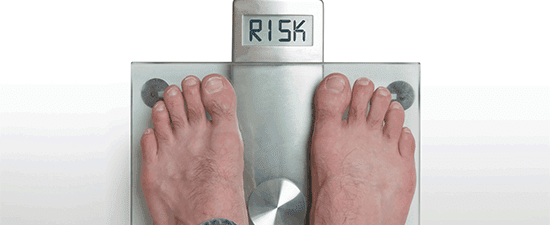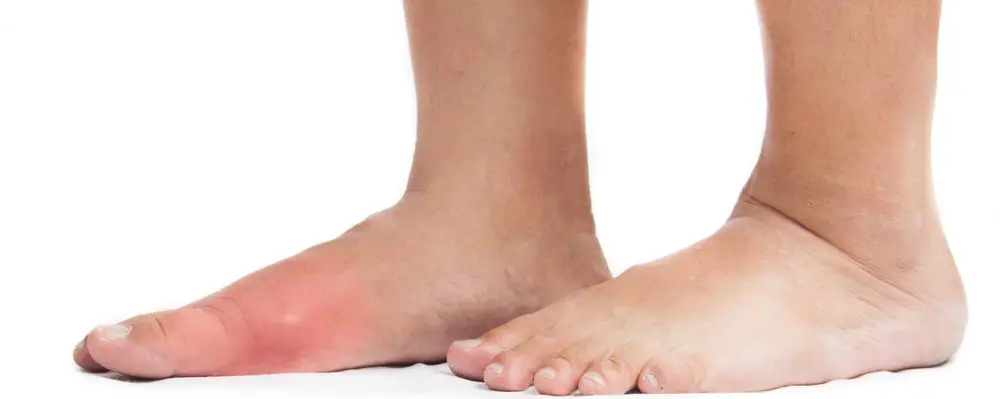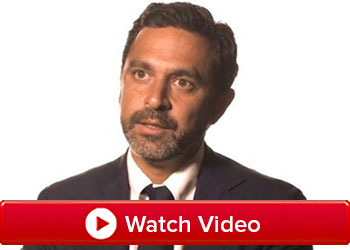- Home
- Advanced Treatments
- Ankle Replacement & Ankle Fusion
Total Ankle Replacement and Ankle Fusion Surgery
- Published 11/1/2017
- Last Reviewed 12/2/2024
Total Ankle Replacement and Ankle Fusion Surgery
If you suffer from painful advanced ankle arthritis, a painful ankle deformity, or a severe ankle injury, and haven't received relief from non-surgical treatments, don’t despair! You still have two very effective surgical options.
The orthopedic surgeons at University Foot & Ankle Institute (UFAI) are trained in state-of-the-art ankle fusion and joint replacement surgeries. While we always try to start with conservative treatment options (such as bracing, rest, and physical therapy), surgery has provided relief for many of our patients.
- What’s an ankle fusion?
- What’s an ankle replacement?
- Total ankle replacement vs. ankle fusion, which is better?
- The importance of picking the right ankle replacement surgeon
- A UFAI Ankle Replacement Patient Says...
- Ankle replacement options at UFAI
- What is the recovery from ankle replacement surgery?
- UFAI, the Best Surgeons for Ankle Replacement Surgery
- Ankle replacement and ankle fusion FAQs
- How long does an ankle replacement last?
- What kind of surgeon is best for ankle surgery?
- How do I find a reputable ankle replacement surgeon near me?
-
Foot and Ankle Surgeon at University Foot and Ankle Institute
Dr. Justin Franson, DPM, is a Board Certified Podiatric Foot and Ankle Specialist and Diplomate of the American Board of Podiatric Surgery. He attended the School College of Podiatric Medicine in Chicago, graduating in 2001. Dr. Franson then accepted a three-year residency program at the Greater Los Angeles VA and UCLA County Hospital.
Dr. Franson specializes in several areas including total ankle replacement and sports medicine. Treating athletes and weekend warriors like himself brings him a lot of joy. Dr. Franson keeps active with running marathons, triathlons, hiking, basketball, and golf.
-
ABFAS® Board Certified in Foot Surgery and Reconstructive Rearfoot and Ankle Surgery. and Director of University Foot and Ankle Institute
Dr. Bob Baravarian DPM, FACFAS is a Board-Certified Podiatric Foot and Ankle Specialist. He is an assistant clinical professor at the UCLA School of Medicine and serves as Director of University Foot and Ankle Institute.
Dr. Baravarian has been involved in athletics his entire life and played competitive tennis in high school and college. He has an interest in sports medicine, arthritis therapy, and trauma/reconstructive surgery of the foot and ankle. He is also fluent in five languages (English, French, Spanish, Farsi, and Hebrew),
Blog Articles about Ankle Replacement and Ankle Fusion
- Is there a link between gout and heart disease? Studies Say Yes
- Curing the Painful Grind of Foot and Ankle Arthritis (Osteoarthritis)
- Bunions vs. Big Toe Arthritis, What's the Difference?
- Yes, Humans Can Regrow Cartilage! (new study)
- Got Big Toe Bumps and Lumps? Here’s 5 Things You Need to Know
- 7 Causes of Inner Ankle Pain Revealed!
- When the Cartiva Big Toe Joint Implant Fails
- How Carrying Extra Weight Affects Your Feet and Ankles
- How to Apply for Social Security Disability with Arthritis
- Dr.'s Most Interesting Cases: the Heel that wouldn't Heal!
 This office is just what you would expect from a well organized business.I was greeted when I walked in and told it would be a ...Ralph P.
This office is just what you would expect from a well organized business.I was greeted when I walked in and told it would be a ...Ralph P. I liked it.Liisa L.
I liked it.Liisa L. Dr. Briskin and staff were exactly what you want and need from a doctor. I wish he was my actual PCP he's that good.
Dr. Briskin and staff were exactly what you want and need from a doctor. I wish he was my actual PCP he's that good.
He listene...Tiffany W. I depend on the doctors at UFAI to provide cutting edge treatments. Twice, I have traveled from Tucson, Arizona to get the car...Jean S.
I depend on the doctors at UFAI to provide cutting edge treatments. Twice, I have traveled from Tucson, Arizona to get the car...Jean S. They helped me in an emergency situation. Will go in for consultation with a Dr H????
They helped me in an emergency situation. Will go in for consultation with a Dr H????
Re foot durgeryYvonne S. It went very smoothly.Maria S.
It went very smoothly.Maria S. My experience at the clinic was wonderful. Everybody was super nice and basically on time. Love Dr. Bavarian and also love the ...Lynn B.
My experience at the clinic was wonderful. Everybody was super nice and basically on time. Love Dr. Bavarian and also love the ...Lynn B. I fill I got the best service there is thank youJames G.
I fill I got the best service there is thank youJames G. My experience with your practice far exceeded any of my expectations! The staff was always friendly, positive and informative. ...Christy M.
My experience with your practice far exceeded any of my expectations! The staff was always friendly, positive and informative. ...Christy M. Love Dr. Johnson.Emily C.
Love Dr. Johnson.Emily C. I am a new patient and felt very comfortable from the moment I arrived to the end of my visit/appointment.Timothy L.
I am a new patient and felt very comfortable from the moment I arrived to the end of my visit/appointment.Timothy L. Everyone is terrific and helpful at both the Santa Monica and Sherman Oaks offices. Dr. Bob is especially patient with you and...John F.
Everyone is terrific and helpful at both the Santa Monica and Sherman Oaks offices. Dr. Bob is especially patient with you and...John F.
-
 Listen Now
How Carrying Extra Weight Affects Your Feet and Ankles
Read More
Listen Now
How Carrying Extra Weight Affects Your Feet and Ankles
Read More
-
 When the Cartiva Big Toe Joint Implant Fails
Read More
When the Cartiva Big Toe Joint Implant Fails
Read More
-
 Listen Now
Dr.'s Most Interesting Cases: the Heel that wouldn't Heal!
Read More
Listen Now
Dr.'s Most Interesting Cases: the Heel that wouldn't Heal!
Read More
-
 Listen Now
Is there a link between gout and heart disease? Studies Say Yes
Read More
Listen Now
Is there a link between gout and heart disease? Studies Say Yes
Read More
-
 Listen Now
Yes, Humans Can Regrow Cartilage! (new study)
Read More
Listen Now
Yes, Humans Can Regrow Cartilage! (new study)
Read More
-
 How to Apply for Social Security Disability with Arthritis
Read More
How to Apply for Social Security Disability with Arthritis
Read More
-
 Listen Now
Curing the Painful Grind of Foot and Ankle Arthritis (Osteoarthritis)
Read More
Listen Now
Curing the Painful Grind of Foot and Ankle Arthritis (Osteoarthritis)
Read More
-
 Listen Now
Got Big Toe Bumps and Lumps? Here’s 5 Things You Need to Know
Read More
Listen Now
Got Big Toe Bumps and Lumps? Here’s 5 Things You Need to Know
Read More
-
 Listen Now
Bunions vs. Big Toe Arthritis, What's the Difference?
Read More
Listen Now
Bunions vs. Big Toe Arthritis, What's the Difference?
Read More
-
 Listen Now
7 Causes of Inner Ankle Pain Revealed!
Read More
Listen Now
7 Causes of Inner Ankle Pain Revealed!
Read More













